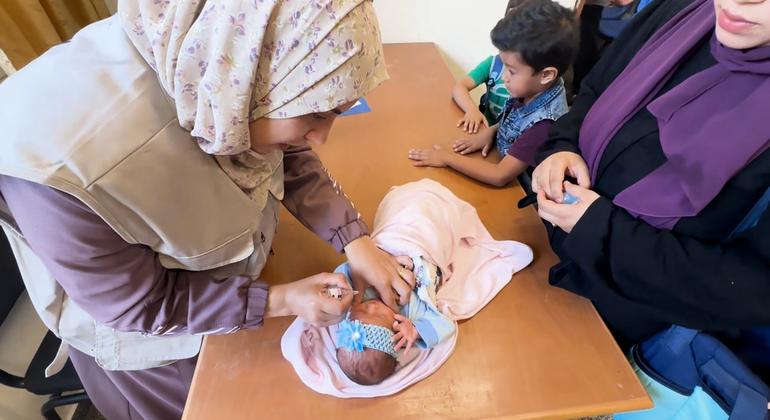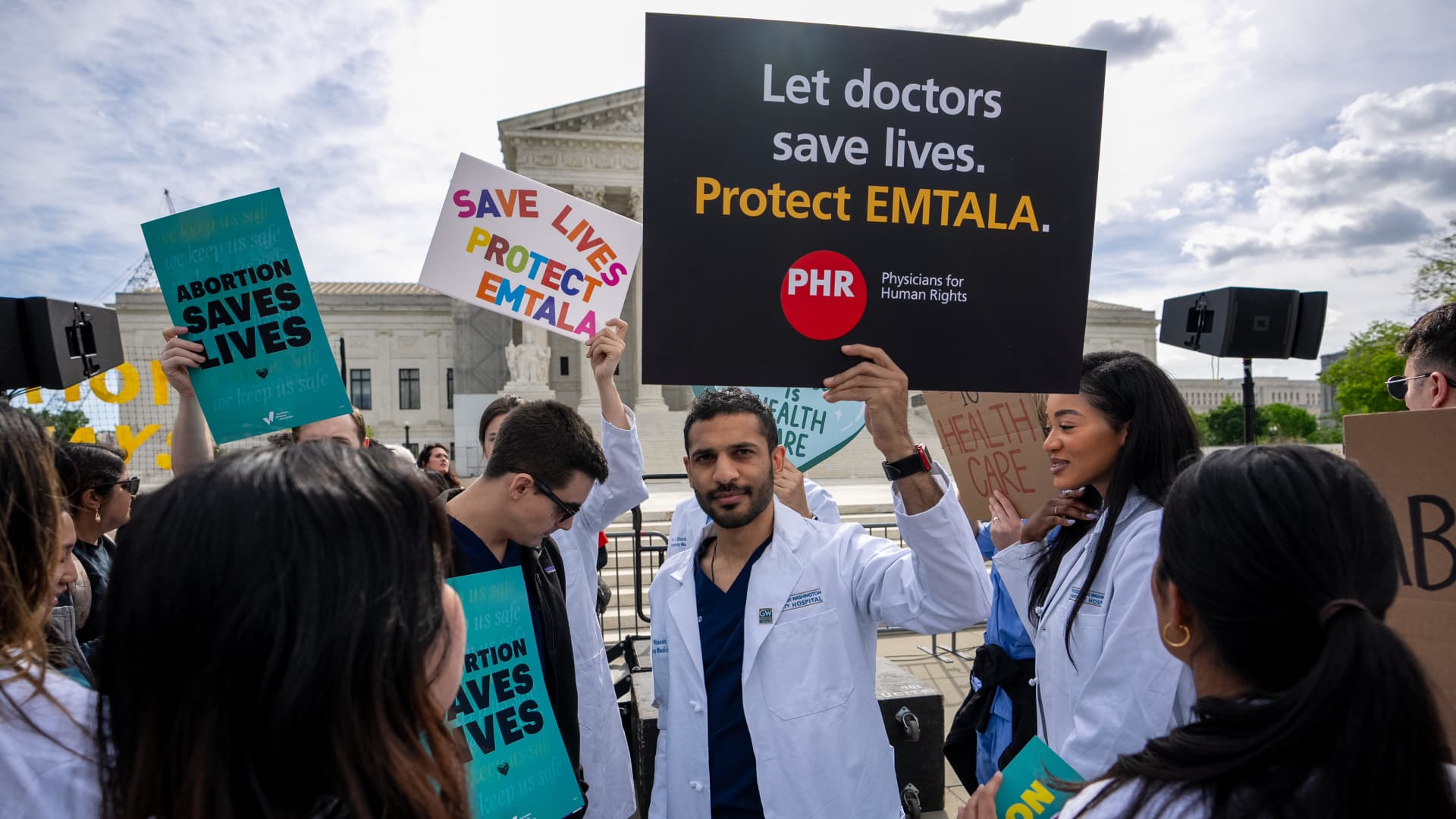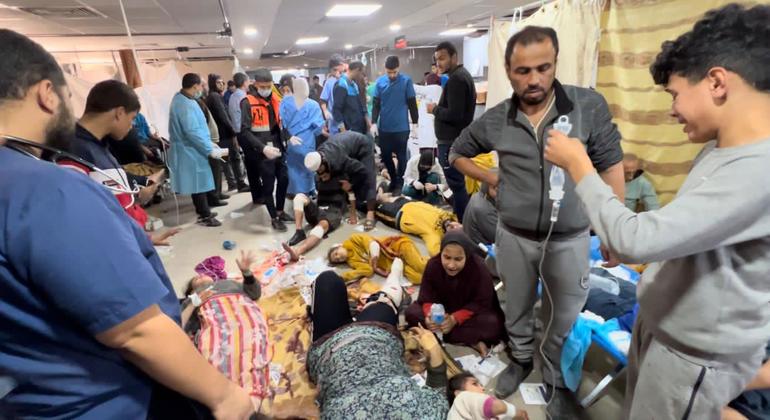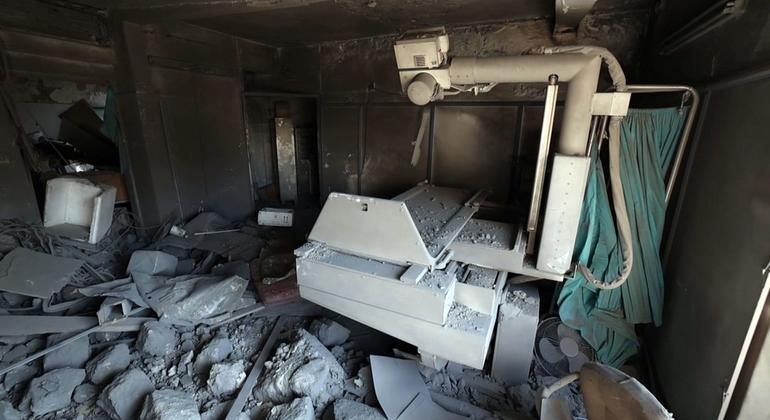“Your efforts are urgent,” he said. saying in a video message to the sixth edition of the UN Environmental Assembly (UNEA-6).
“Our planet is on the brink, ecosystems are collapsing, our climate is imploding and humanity is to blame..”
Act now
UNEA is the world's highest decision-making body on the environment and aims to help restore harmony between people and nature.
This latest session concludes on Friday and representatives from more than 180 countries have been negotiating resolutions on issues ranging from nature-based solutions and highly hazardous pesticides to land degradation and drought.
Delegates' attention has also focused on Multilateral Environmental Agreements (MEAs). These regional and international agreements, some of which are more than 50 years old, have helped protect endangered species, limit chemical pollution, and repair the hole in the ozone layer.
The role of the UNEA is fundamental
In his message on Thursday – the high-level segment of the Assembly – the Secretary General spoke about the consequences of the environmental crises facing the planet, ranging from poisoned rivers to rising sea levels.
He stressed the need to act, including to accelerate the shift towards renewable energy, adapt to extreme weather and achieve climate justice, highlighting the vital role of UNEA.
“You have shown before that you can join and deliver – most recently with its historic decision to negotiate a plastics treaty,” he said. “I urge you to do it again and go further.”
A sustainable environment
UN General Assembly President Dennis Francis also addressed UNEA-6, focusing his remarks on the connection between a healthy environment and achieving the Sustainable Development Goals (SDGs).
“For years, we have known that a healthy environment is both an essential requirement and key facilitator of a safer, fairer and more prosperous tomorrow.” he said.
Although the goals provide a blueprint for a more just and equitable future for both people and the planet, he warned that they are “woefully off track” from their 2030 deadline.
“As we face an environmental emergency and the consequent need to act urgently, we must ensure that the outcome of this UNEA-6 promotes the human right to a clean, healthy and sustainable environment, promoting truly multilateral responses to restoring the balance with nature,” he stated.
Health under threat
The head of the World Health Organization (WHO), Tedros Adhanom Ghebreyesus, spoke of the “inextricable, but fragile” link between the health of humans, animals and the environment.
If the planet were a patient “it would be admitted to intensive care,” he said. Therefore, it is not surprising that human health is also suffering.
For example, he said more frequent and severe weather events cause deaths and injuries, more heat waves contribute to more cardiovascular diseases, while air pollution causes lung cancer, asthma and chronic obstructive pulmonary disease.
Other species have also been affected. Climate change is causing changes in the behavior, distribution, movement, range and intensity of mosquitoes, birds and other animals that are spreading infectious diseases such as dengue and malaria to new areas.
Furthermore, the illegal wildlife trade is also increasing the risk of zoonotic contagion that can trigger a pandemic, highlighting the importance of primary prevention to reduce the risk.
“Health threats from climate change, pollution and biodiversity loss are not hypothetical risks in the future. They are here and now, making health the most compelling reason for climate action.,” he said.
With the “patient” in danger, Tedros called for transforming energy, transport, food and health systems, adding that “we must especially transform ourselves, to break our isolated mentalities and work for effective, inclusive and sustainable multilateral action.” ”.











